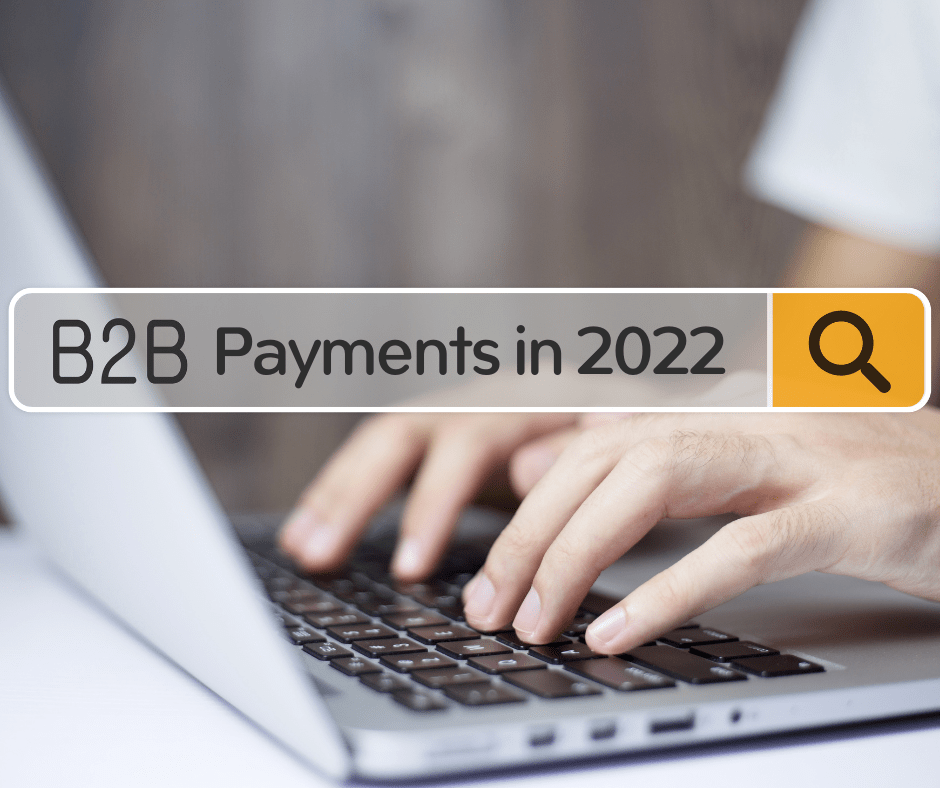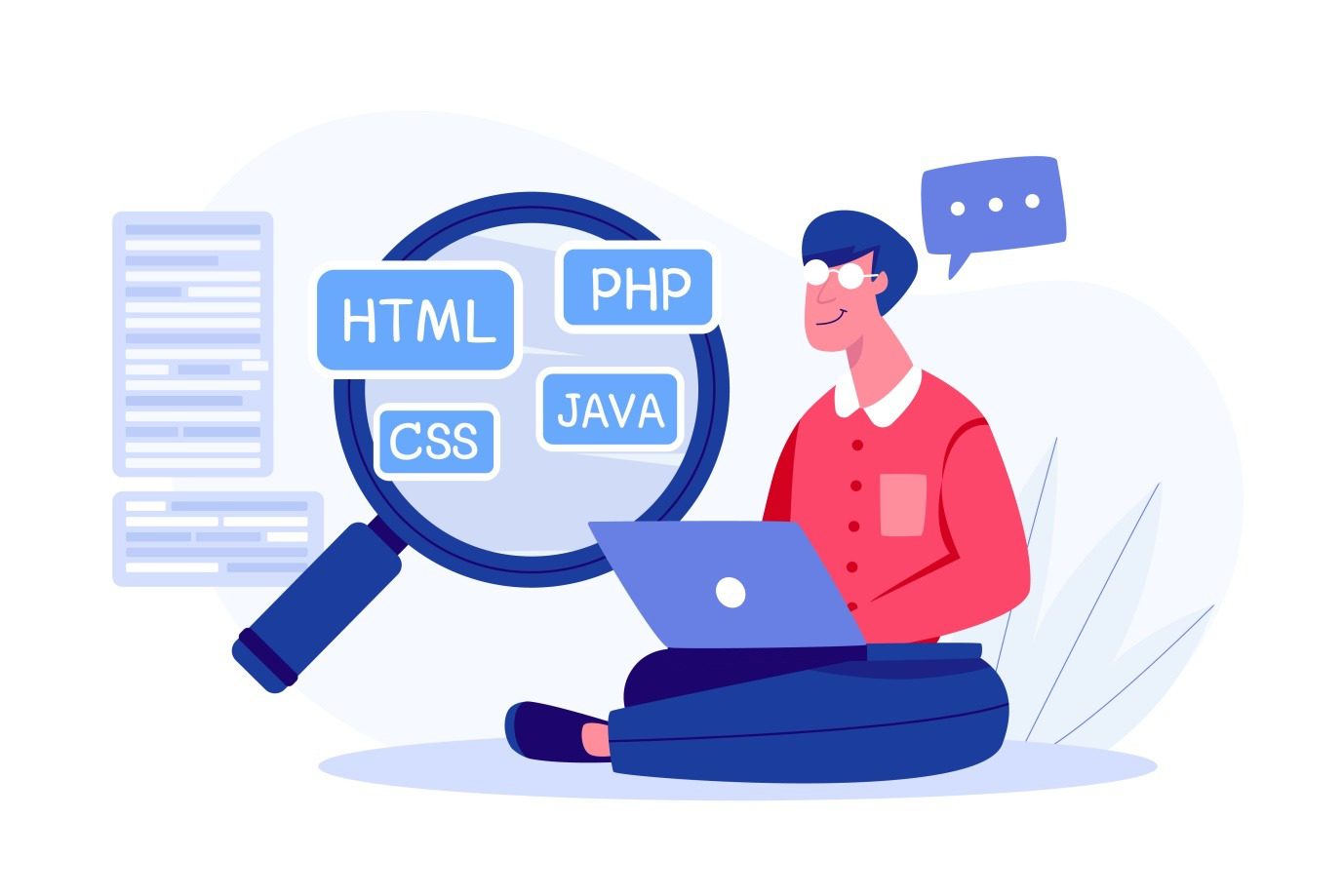
A Customer Data Platform, or a CPD, is software that gathers first-party customer data and creates a complete profile of each customer with it. The CDP system collects data from multiple sources and makes it available to every team or department that needs it.
A Customer Data Platform (CDP) collects customer data from every available touch point and stores the same in a single place. The platform also unifies the profiles of each customer and segments them as required for further use in a different setup.
Benefits of a CDP
A CDP Platform can help to accelerate the customer experience by exploring and relaying insights on each customer’s related online activity. The platform can bring all your customer data together in one place, and then the system segments customers’ data according to their activities and habits and offers better insight into customer behavior.
A customer data platform can help the marketing team with a personalized marketing technique and launch a marketing and branding campaign via multiple tools and resources. Using a customer data platform can help you offer a unique and personalized experience to your customers and, in return, help in customer retention and business growth.
The benefits of using CDP continue where your marketing team is likely to get enough detailed customer insights needed, prevent potential data inconsistencies or errors, and can help your brand to excel overall.
The 4 kinds of CDPs
Before we discuss the different kinds of CDPs, let us know the customer data platform a little more. Using a customer data platform is the latest way to utilize customer data to offer a personalized marketing campaign and eventually get sales conversions. A customer data platform allows you to collect all of your customer data, combine them and then segregate them into different categories for utilization by different verticals in your organization.
The CDP offers unique and personalized solutions according to specific client needs and then makes it accessible to everyone in your organization which requires it.
There are 4 different types of CDPs. It helps to know what your business goals are so you can match your needs with an appropriate platform.
1. Identity Resolution Or Unification
The first type of customer data platform is identity resolution or unification. This CDP will provide a detailed overview of a customer’s history through all touchpoints and other platforms.
Identity resolution or unification brings all the data as per the customer’s record. The platform eliminates data duplication and allows the marketing team to view all the information from different channels or touchpoints.
2. Cross-Channel Activation
The second aspect of the customer data platform is cross-channel activation. This CDP will ideally link all engagement channels together so that you can create automated customer experiences and campaigns with CDP.
You can build and automate specific marketing campaigns from within the activation-based CDP by connecting it to all of your customer engagement channels and offering an inclusive customer experience.
3. Data Ingestion And Integration
Data integration and ingestion come third, where this type of CDP will gather all the customer data from across all the visited platforms and channels. While this can be done outside of a CDP, it is prone to inconsistency and is not as time efficient.
There are still many businesses that collect customer data manually by relying on their IT and analytics team or a third-party vendor. The manual form of data ingestion and its integration is not only costly but is a time-consuming method. The manual methods often produce inconsistent and inaccurate data, which eventually makes it difficult for the marketing and branding team to make use of the data for the company’s benefit. CDP, on the other hand, can offer the best solution.
4. Analytics And Intelligence
Analytics and intelligence come fourth, with a major highlight of this CDP being individual customer behavior. The customer data platform allows you to easily analyze customers’ purchase behavior, learn about their preferences, predict their future purchase expectations, and modify your customer engagement approach accordingly to offer them the best experience.
Think of it as having access to a customer profile, where you will have the ability to look at previous activity and purchases and equally be able to create an accurate forecast for future customer activities.
Conclusion
Using a Customer Data Platform (CDP) is the latest and the most efficient way to offer the highest level of customer experience and create engagement. Incorporating the same will allow you to achieve more sales conversions, retain existing customers, get new customers, and finally, achieve your business goals.








